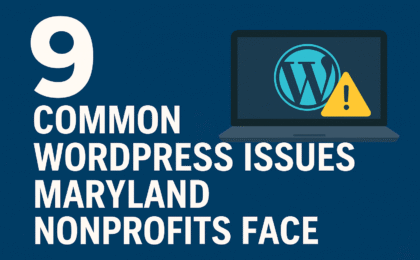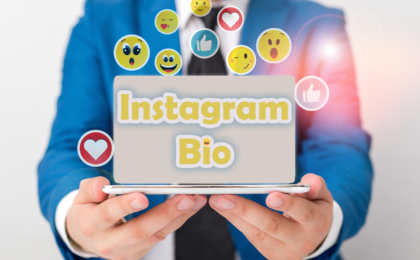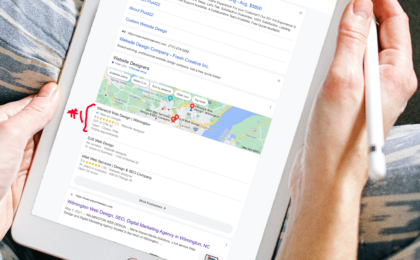A good professional website is the virtual entryway to your business. It’s the first face of your brand that the vast majority of your customers see, especially as more and more consumers move their shopping journeys online. That’s why your web design is a crucial marketing element that should never be taken lightly.
At 6Ninety9, we know one of the top factors in successful web design, like in many other forms of visual art, is the effective use of color. Color is a silent language, and if you can learn to speak it, it can be the key to unlocking a whole new level of success in your digital marketing strategy.
To show why, here’s a short list of ways that the proper use of color in your website can boost your sales and engagement.
#1: Knowing how color affects people

This is at the top of our list for a reason. The biggest key to the power of color in your design is knowing the psychology of how human beings interact with different color palettes.
● Red represents passion, intensity, or vibrancy.
● Brown is soothing, gives a sense of home or community, and represents the earth.
● Yellow is for optimism, friendliness, or levity.
● Green evokes health and nature, and also, wealth.
● Black conjures images of power, elegance and modernity.
● And white is clean, humble, peaceful.
#2: Thinking about how this relates to your brand
Next, knowing the psychic effects of different colors will enable you to select the color scheme that best fits your brand culture.
This will depend on your unique voice, which itself should be built upon your company goals.
A financial institution may want to paint their website in tones of green, blue, gray and white; a fashion outlet may opt for reds or blacks.
#3: Prioritizing

Based on your sense of your brand voice and objectives, counterbalanced with the particular influence that each color will have on your users, you will now select a primary, secondary, and tertiary or accent color to use in your site. 6 Ways to Use Color on Your Website to Boost Sales and Engagement
Each of these colors will appear on your site 60%, 30%, and 10% of the time respectively.
You should also support these three colors with an additional, neutral color, such as white, gray or tan.
#4: Strategic placement
Where are the colors you’ve selected going to appear on your website? Will a certain color be featured in your text? Headlines? Menu bars? Calls to action? Background?
Where and how you use the colors you’ve deemed most important to your brand will be instrumental in making sure they have the desired impact on your users, and that they result in the maximum amount of conversions for your business.
#5: Remaining consistent

Once you have settled on a chromatic identity for your brand, make sure it manifests across your online and physical platforms. Your graphics for your social media pages such as Instagram and TikTok should reflect your chosen color style. If you have a brick-and-mortar location, it might be a good idea to have its design replicated in your online incarnations as well.
#6: Using various shades
Once you are working within a given color framework, you can vary the temperatures of the colors you’re using. 6 Ways to Use Color on Your Website to Boost Sales and Engagement
Go brighter or dimmer on a given color depending on the intended depth or usage of that color in a given element of the site. Make sure the color of your text is darker and richer than your background color, to give it legibility as well as make it stand out to the readers. You can also have a specific tint to your page’s images.
In all its myriad usages in your site, color is the key to web design done right. If you want to make sure you’re getting a team on your side who know how to use it to the best effect, your best bet is to go with seasoned professionals. Visit our homepage to set up a consultation.











































































